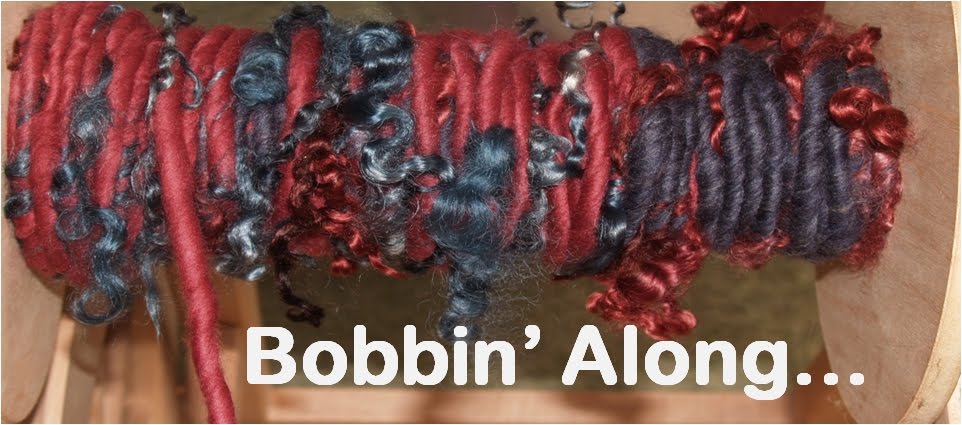It was a real ‘frosty cobweb morning’ out there when I went to feed the hens yesterday. A proper frost – not the kind that glints at you briefly and is gone, but the sort that sticks like glue, giving every leaf a white lace edging. On mornings like that I really appreciate what sheep can do for a girl. My ‘chicken jacket’ sports an eclectic mix of sheep breeds, the best that sheepdom can offer to keep me warm. Apparently today marks 152 years since Charles Darwin published ‘On the Origin of Species by means of Natural Selection’. It was thinking about ‘natural selection’ that led me to choose the mix of breeds for my chicken-visiting jacket.
Here in the deserts of East Anglia, on light, dry soils that cool quickly, we get some pretty cold winters. The scientists say that ‘global warming’ for Britain will in fact result in ‘cooling’ here; with more wet summers and bad winters. Getting out to feed hens when it’s -10 first thing in the morning takes more than just resolve, it takes wool - and lots of it. I got to wondering which wool would be the warmest and how could I test for myself?
Vikings who crossed the sea from Scandinavia in their shaggy-woven coats took inspiration from nature. If water drips down and off locks of wool on a sheep, then making a coat shaggy with locks was likely to keep you as near waterproof as a non-sheepy-being could get. But though I love spinning locks into my yarns, they’d get a bit messy in clearing out the hen house each winter morning. I thought I’d try my own bit of ‘natural selection’, make some thick Cowichan-style yarn, and try as many different sheep as I could.
Gardeners work by the edict: “right plant, right place”. Applying that thought to sheep, I reckoned if Herdwicks keep dry in almost perpetual rain in the Lake District their wool was worth trying, and if North Ronaldsays survive howling gales on Scottish islands, the wisdom of their own ‘natural selection’ would benefit me too. I then got obsessed with trying any British breed I could get my hands on! All spinners who’ve learned their craft from fleece to fibre will know what I mean. The unconscious learning of exploration is addictive.
It’s certainly been worthwhile: with at least a dozen different sheep present in my chicken jacket, kindly knitted by my mum Babs, I’m now pretty much waterproof and as warm as toast, no matter what the weather throws at me. I can definitely see why the construction sector increasingly are substituting breathable, sustainable sheep wool insulation to replace resource-draining petro-chemical and mineral-based insulation.
For anyone who hasn’t yet tried all the woolly marvels that natural selection (and human interference) have wrought, read the Fleece & Fibre Sourcebook first - it’s a wonderful bed-time wind-down read. Or simply see what rare breeds farms have to offer when they shear next summer. I’ve tried fleeces from tiny Ouessants to huge Herdwicks and it’s endlessly fascinating. By trying them, we’re making our own small contribution to Permaculture. Re-discovering the right sheep wool for the right purpose will help us all to ‘live more lightly’ on the planet.
